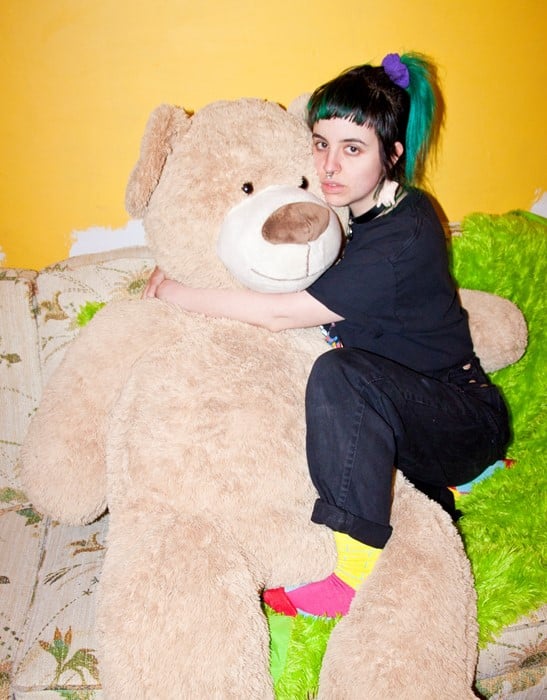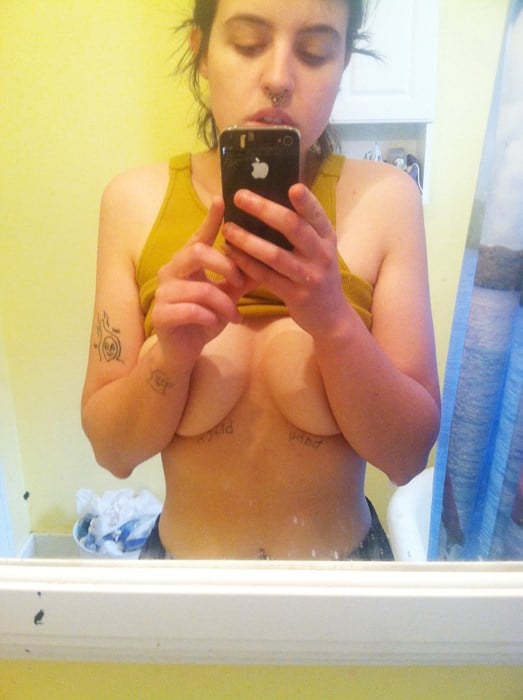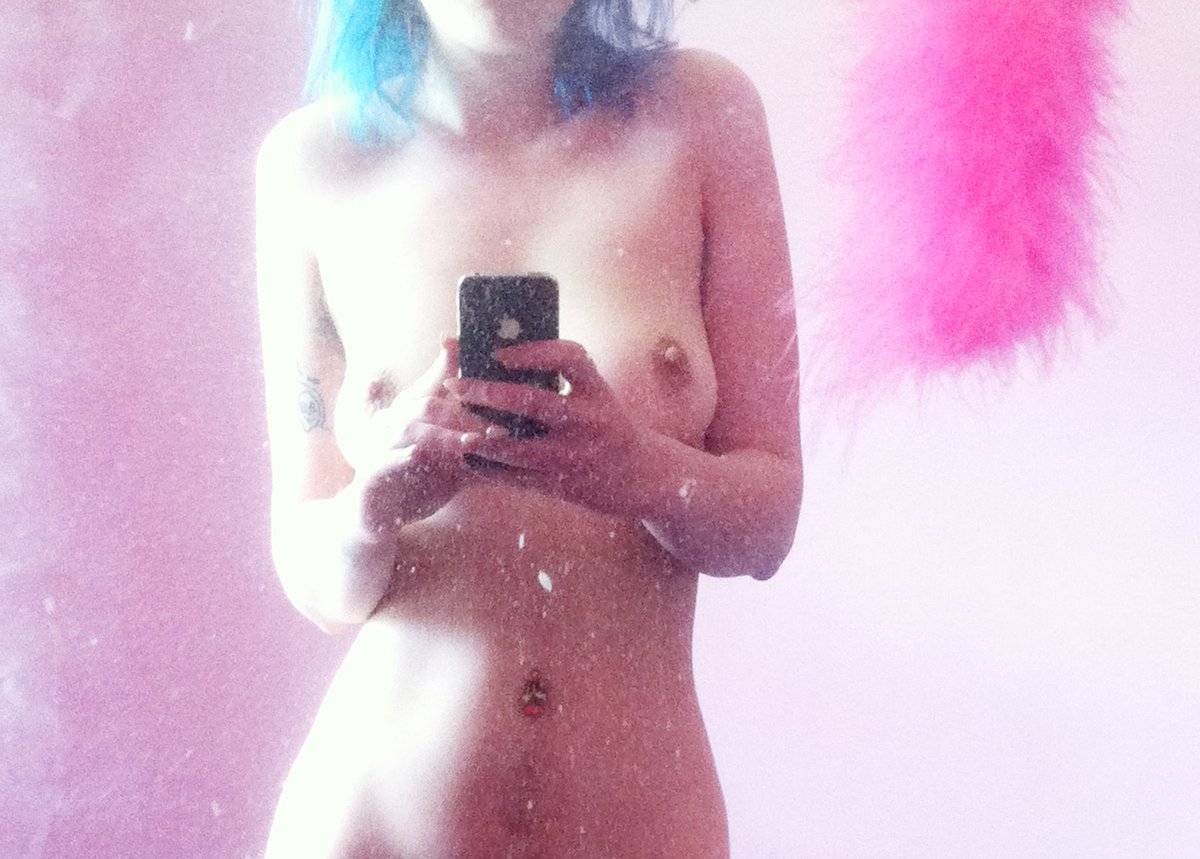Art World
Why Is Famous Internet Artist Molly Soda Leaking Her Own Nude Selfies Online?
The trolls are relentless.

The trolls are relentless.

Cait Munro

Artist Molly Soda, best known for her robust social media presence, is leaking her own nude selfies via a website called “Should I Send This?“.
Before you snap into judgment mode—like the trolls who have commented on the project online—take a moment to hear Soda out.
“This piece isn’t about me, it’s about everyone who has ever tried to achieve validation/intimacy via sending a text message, a nude…anything vulnerable using digital communication,” she told Dazed.
Soda’s leaked pictures aren’t just nude selfies—they’re also clothed images and texts she was too afraid to send—either because she didn’t like the way she looked, or because she was concerned about them finding their way into the wrong hands. By “leaking” them online herself, she’s reclaiming the dual fears many women grapple with on a regular basis: being perceived as a slut, and being perceived as physically unattractive.
Of course, there’s a long line of female artists who have bared their flesh in the name of art. In 1977, Hannah Wilke exhibited a poster of herself, topless and covered in chewed gum, with the title, Marxism and Art: Beware of Fascist Feminism. The artist wore a tie as “a joke phallus knotted around her neck”, and took on a bold pose for the camera.
Cindy Sherman has often dealt with the idea of ugliness in her work. In the early 1980s, she shot her untitled photo series mocking the fashion world. In a 1983 notebook entry, she writes, “I’m disgusted with how people get themselves to look beautiful. I’m much more fascinated with the other side.”

Photo: “Should I Send This?”
In a world where we still rarely see images of normal, non-airbrushed women, Soda’s project encourages women to be accepting of and confident about their own bodies. The artist’s uncensored selfies unapologetically display pubic and stomach hair, which women are often taught to feel ashamed of.
“Other women’s responses have really encouraged me,” Soda says. “I have a lot of girls messaging me about how my stomach hair makes them feel better/less self-conscious about theirs. That’s what I care about—not about whether or not men find it attractive.”
“Should I Send This?” is also reminiscent of Jillian Mayer’s 400 Nudes, which debuted at last year’s Montreal Biennial, and is archived online. Mayer superimposed her own face on the naked bodies of women whose images she found on various “revenge porn” websites, where the vengeful recipients of nude pictures can easily post them, often with the victim’s full name.
Mayer then posted the new images, which appear to be her, back on the Internet under her name, in an attempt to assuage some of the pain, hurt, and embarrassment felt by the victims.

Photo: Molly Soda.
Unfortunately, the empathy and bravery displayed by female artists who disrobe is often met with an equal measure of skepticism, anger, and even apparent hatred online. As Huffington Post notes, many commenters on Facebook have called the project “not feminist,” and “not art.” One wrote: “So ‘feminists and feminist artists’ refuse to be seen only as a ‘sex object’, then how come that 99% of them get no further then showing of their tits and run around naked?”
Increasingly, it seems like whenever a young, attractive female artist dares to address the issues that concern other young women, she’s often shut down—by men, but also by other women.
If we want art that addresses and critiques society’s problems, then we need to allow artists—especially female artists, who are up against an inherent bias—to make that kind of work without fear of retribution.